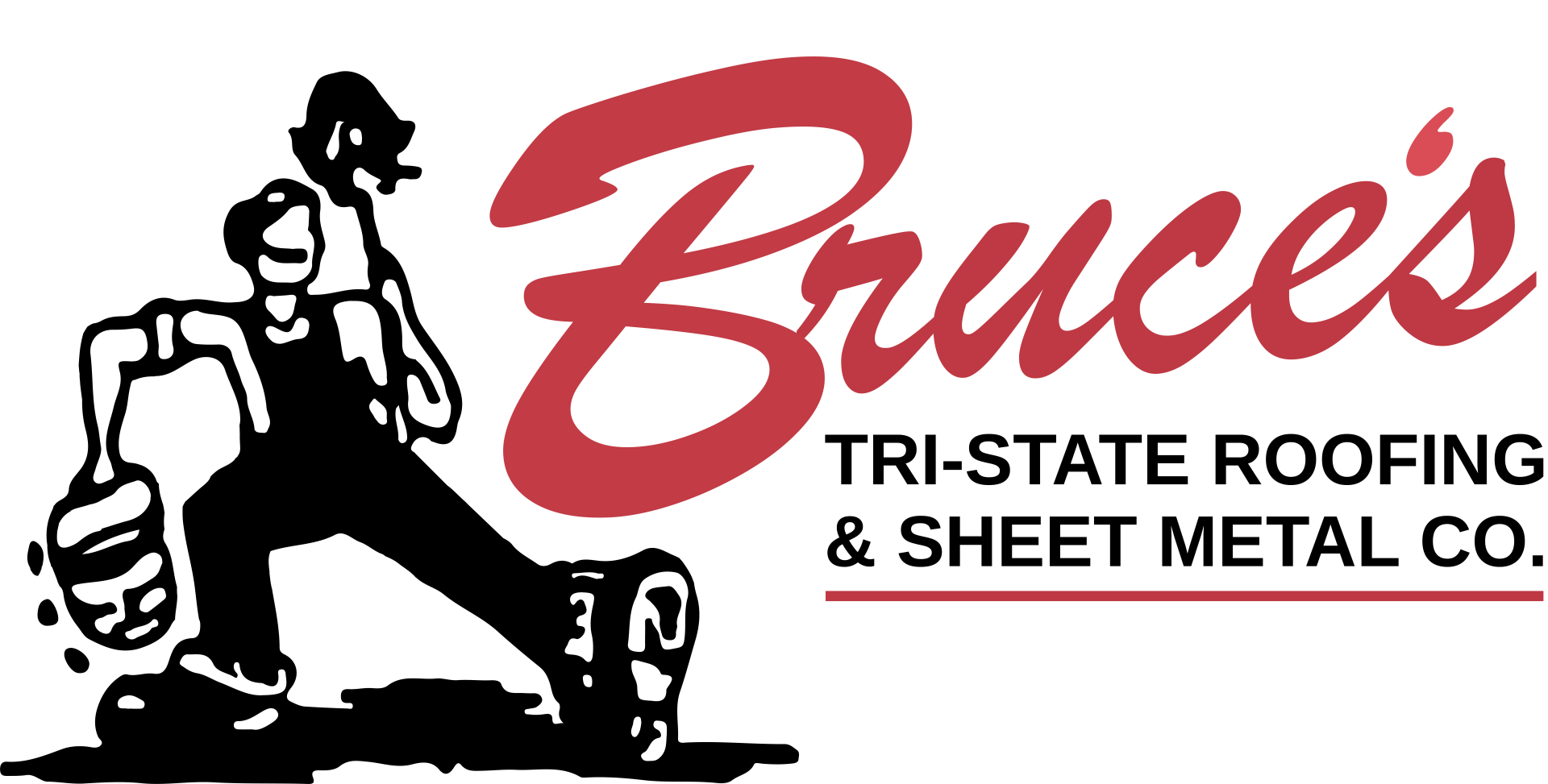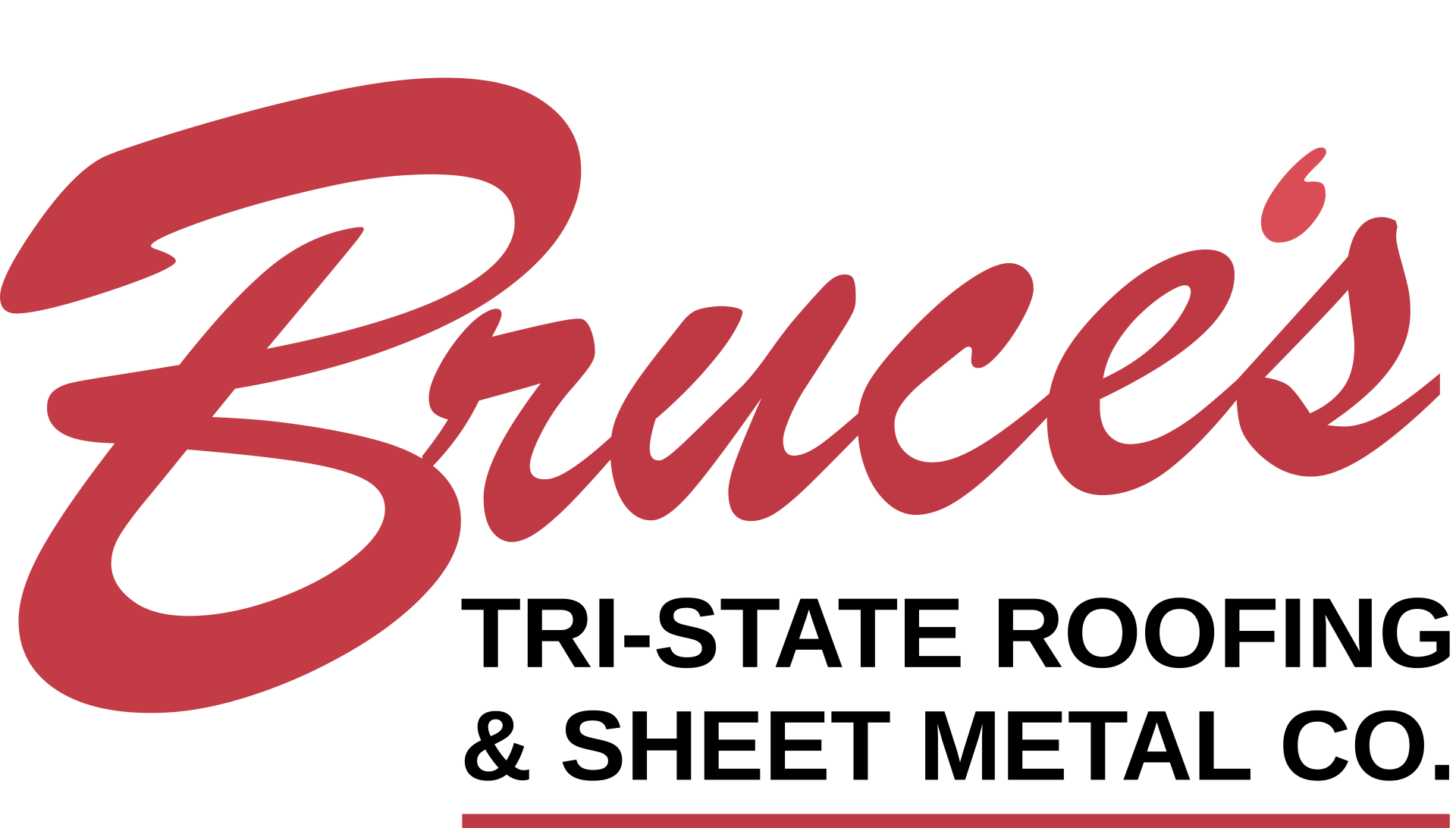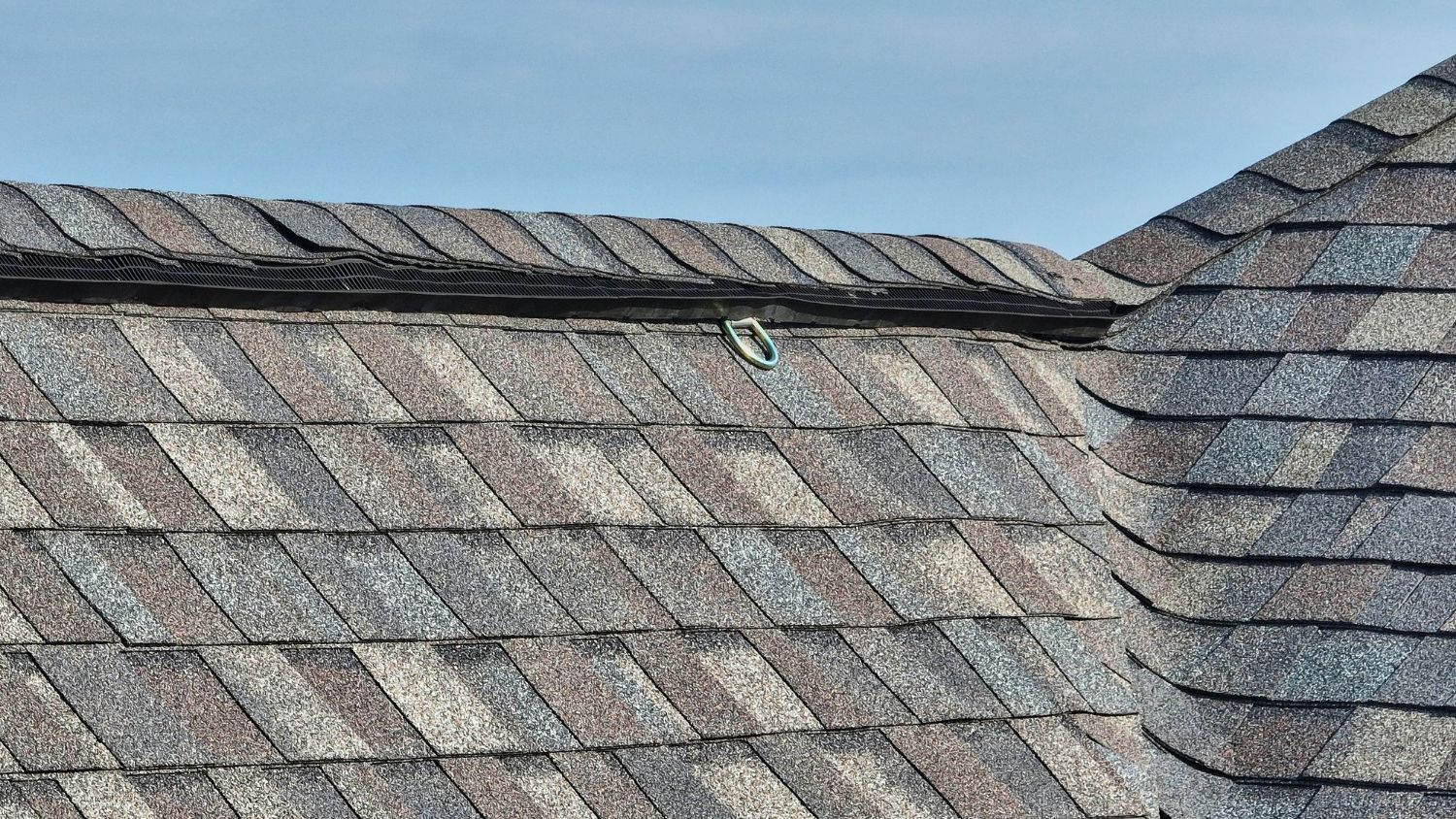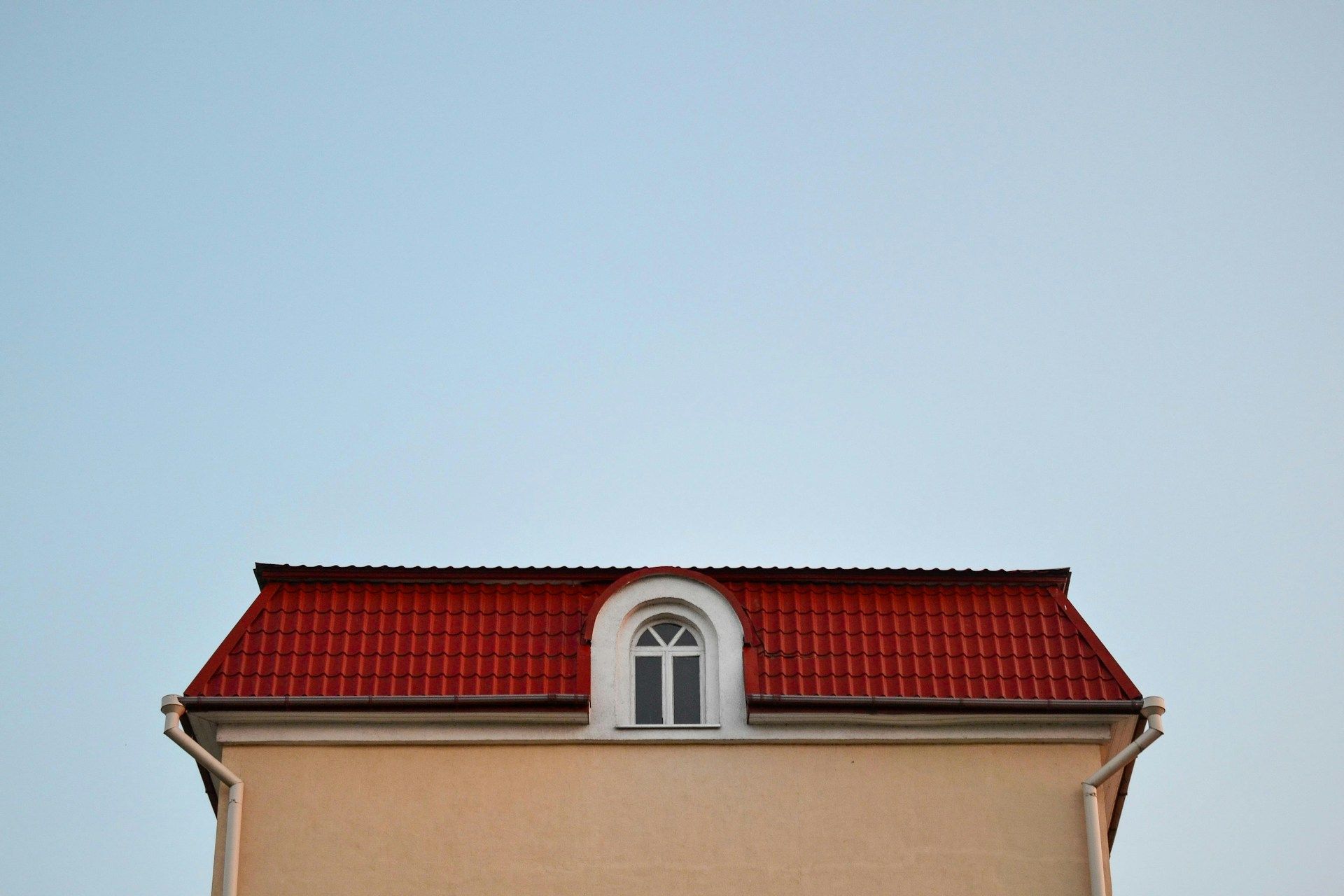
As a homeowner, you might have experienced cracking sounds in your roof and wondered what could be causing them. These sounds can be unsettling and raise concerns about the structural integrity of your home.
The good news is that most of the time, these noises are not a cause for alarm. To give you a better clue on what could be happening, we will explore some common reasons for these sounds and provide tips on how to deal with them.
1. Expansion and Contraction of Building Materials
The usual reason for the cracking sounds in your roof is the natural expansion and contraction of building materials. As temperatures change, the materials in your home, be it wood, metal, or drywall, expand and contract. This process can cause creaking or cracking noises, especially in areas where different materials meet, such as roof trusses and rafters.
To minimize these sounds, you can ensure that your home is well-insulated, which will help maintain a consistent temperature and reduce the frequency of these noises. Additionally, proper ventilation in your attic can help regulate temperature fluctuations and minimize the impact on your roof.
2. Shifting Foundation
Another possible cause of cracking sounds in your roof is a shifting foundation. Soil movement, settling, or a change in the water table can cause your home's foundation to shift, leading to cracks in the walls, floors, or ceilings. As your home settles, it can create stress on the structure, resulting in cracking sounds.
If you suspect a shifting foundation is causing the noises, it’s essential to address the issue promptly. Consult with a structural engineer or foundation specialist to assess the situation and see if they have any recommendations for the necessary repairs. Putting off solving the problem could lead to more severe damage to your home's structure and costly repairs in the future.
3. Pests and Wildlife
Cracking sounds in your roof may also be a sign of pests or wildlife living in your attic or roof space. Rodents, birds, and insects can cause damage to your roof and insulation, as well as create unpleasant odors and health risks.
To keep pests from entering your home, ensure that all vents, gaps, and openings are sealed properly. It also helps to inspect your roof and attic for signs of infestation regularly, and if you do find evidence of pests, contact a professional exterminator to address the problem promptly.
4. Ice Dams
Ice dams can form on your roof in colder areas, leading to cracking sounds as the ice expands and contracts. Ice dams happen when snow on the roof melts, but then refreezes at the edge of the roof, preventing water from properly draining. The weight of the ice can put stress on your roof, causing cracking sounds and potential damage to your roof and gutters.
To prevent ice dams, ensure that your attic is well-insulated and ventilated, and consider installing an ice and water shield on your roof. If you do experience an ice dam, you need to remove it as soon as possible, either by using a roof rake or by hiring a professional to safely remove the ice.
The Bottom Line
Cracking sounds in your roof can be alarming, but understanding the potential causes can help you determine whether it's a normal occurrence or a sign of a more significant problem. By staying vigilant and monitoring the sounds, you can help ensure the safety and integrity of your home.
When in doubt, it's always best to consult with a professional to address any concerns and maintain your peace of mind.
So if you’re looking for reliable
roofing services in Kentucky, look no further than Bruce’s Tristate Roofing.
Contact us today to learn more about our services and to schedule a free estimate. We look forward to helping you with all of your roofing needs!
Have Total Confidence in the Roof Over Your Head
Hire an experienced commercial roofing company serving the entire Tri-State area


Hours
Mon: 7:00AM-4:00PM
Tue: 7:00AM-4:00PM
Wed: 7:00AM-4:00PM
Thu: 7:00AM-4:00PM
Fri: 7:00AM-4:00PM
Sat: Closed
Sun: Closed
All Rights Reserved | Website Designed & Developed By Oddball Creative


